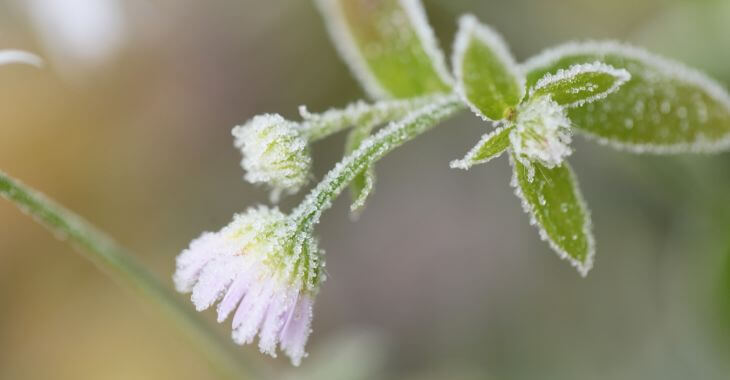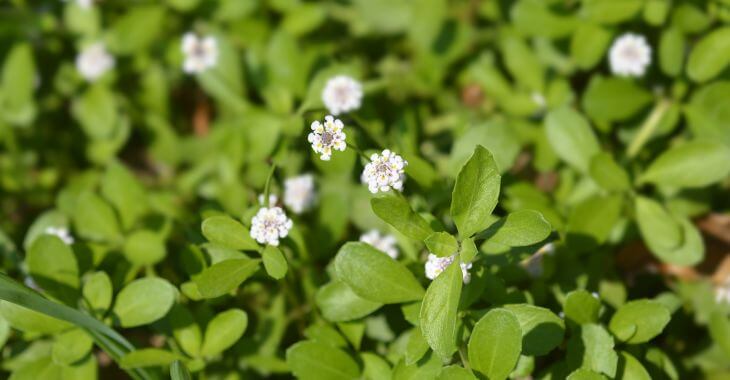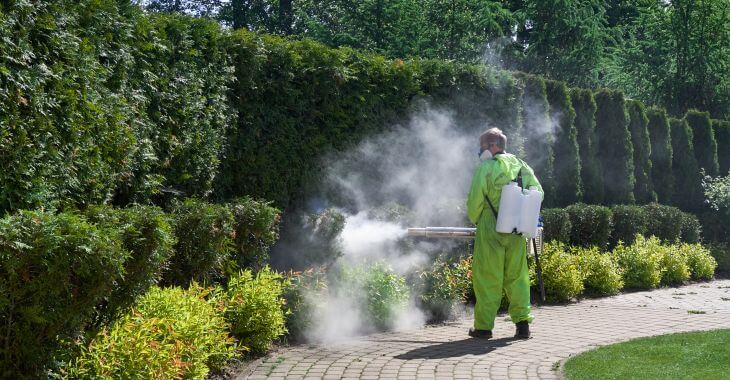How to Cover Plants for Winter
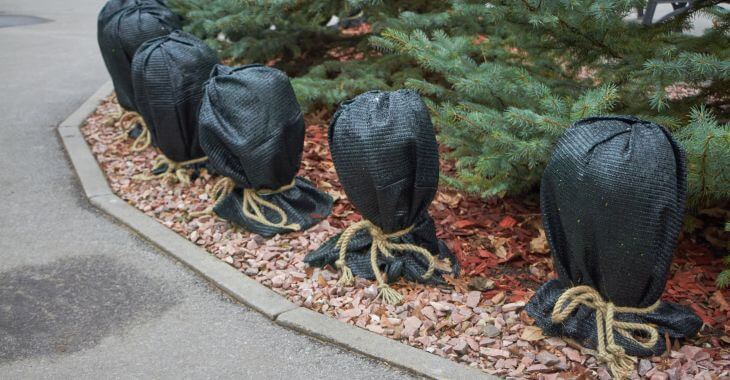
Some plants are very sensitive to the cold and exposure to the slightest frost can jeopardize their health. If you live in a warmer region with mild winters, you may have many plants in your landscaping that are native to warm or tropical climates. Many of these plants can perish if left exposed when temperatures drop suddenly during winter cold spells. To keep your landscaping safe, it is important to know how to protect plants from frost. Here are some tips on how to cover plants for winter to ensure they will be able to flourish in the spring.
Know Your Plants
First and foremost, you need to know which plants are susceptible to frost and cold. A seasoned DYI gardener or landscaper will know which plants need the most protection during the winter, but if you are just learning, you may want to research your plants. You do not want to spend a full spring and summer nurturing new plants and have them die when the first frost of winter hits. You can look up which plants are susceptible to the cold or talk to a local professional landscaper for advice.
There are some common plants and shrubs that are popular in warmer climates like the southern U.S. that need protection in cold weather. You will need frost protection for plants that are easily damaged by colder temperatures, plants that are considered “tender.” Almost all tropical plants will fall into this category, but there are some that are common in areas that typically experience frost throughout the winter. Plus, new growth is especially susceptible to cold, even in plants that can usually tolerate frost. Some plants that need winter cover:
- Azaleas
- Bird of paradise
- Blue hibiscus
- Fuchsia
- Geraniums
- Petunias
- Roses
There are many others that may need to be covered or protected from frost. When the weatherman predicts the first night of fall frost, it is time to provide frost protection for plants in your yard.
How to Protect Plants from Frost
One of the best ways to provide frost protection for plants is to ensure they are healthy. Plants that are well nourished with the right fertilizers and moisture levels will have a better chance of surviving a cold snap. Moisture in the ground is very important for plants that are tender to the cold – when you know a cold weather pattern is approaching, make sure your gardens and landscaping are well watered in the days before.
The next step in frost protection for plants is mulching. Protecting the roots and stems or trunks is important. Mulch provides insulation and it can prevent winter damage to many of your plants. Pine straw or bark layers are perfect for providing frost protection. You should add a layer of mulch to your garden beds with bulbs or tender plants to protect them during the winter. Also, shrubs and trees need protection around the base – add mulch around plants like azaleas, boxwoods and hollies before the first frost.
Covering Plants for Frost Protection
Some plants will need insulation over their stems and leaves when temperatures drop. If you know how to cover plants for winter, you can prevent unnecessary and expensive damage to your landscaping. Covers provide insultation to trap warmth from the soil during cold spells; they can also be used to prevent winter burn from the sun. Coverings can be landscaping fabric or plastic tarps, but it can also simply be old bed sheets or burlap.
For overnight frost, you can cover rows of plants or complete garden containers with a tarp, sheet or burlap. Make sure the covering is held in place with bricks, stones or other items to prevent cold air from getting underneath. This can trap in the warmth from the ground and keep plants safe from frost damage during the colder nights in fall, winter and spring. The covering should be removed once the temperatures warm up during the day to avoid heat damage.
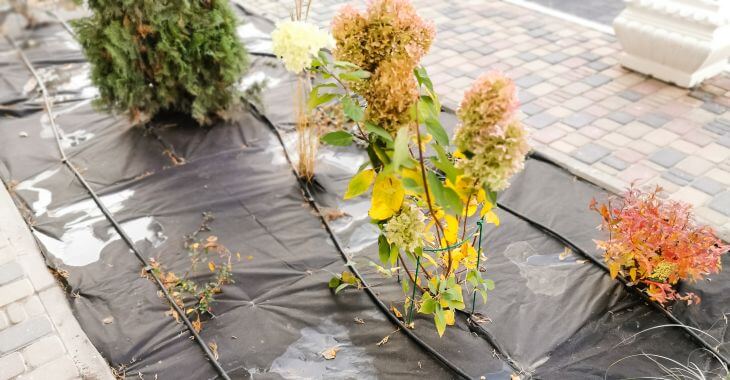
Some plants may benefit from cover throughout the winter. Wrapping burlap around young tree trunks can protect them during the winter and can be left on during the colder months. When temperatures will be below 36 degrees for extended periods of time, you should plan to use covers over tender plants. You can use mulch to cover the ground and add stakes around the plant to support the covers and keep the cover off the plants. Make sure your plant covers do not touch the plants and are secured to the soil to keep out the cold.
Do not let the cold of winter ruin the beauty of your gardens and landscaping the rest of the year. Make sure you know how to cover plants for winter and how to protect plants from frost in the spring and fall. Talk to your local landscaper for tips on frost protection for plants that are common in your area.
